
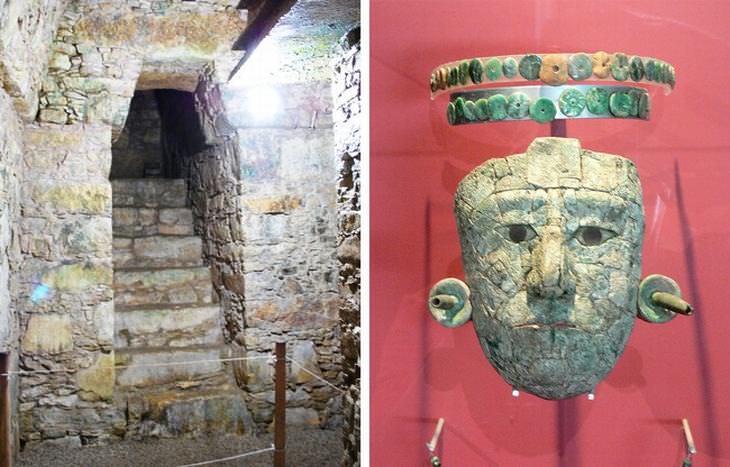
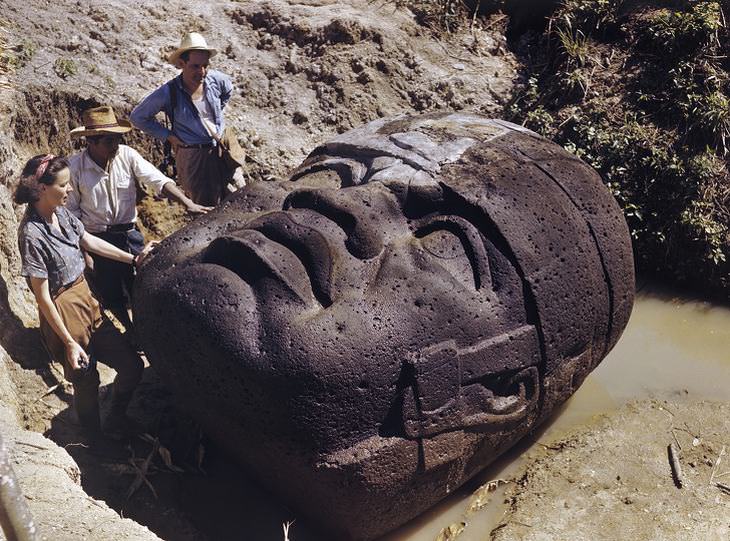

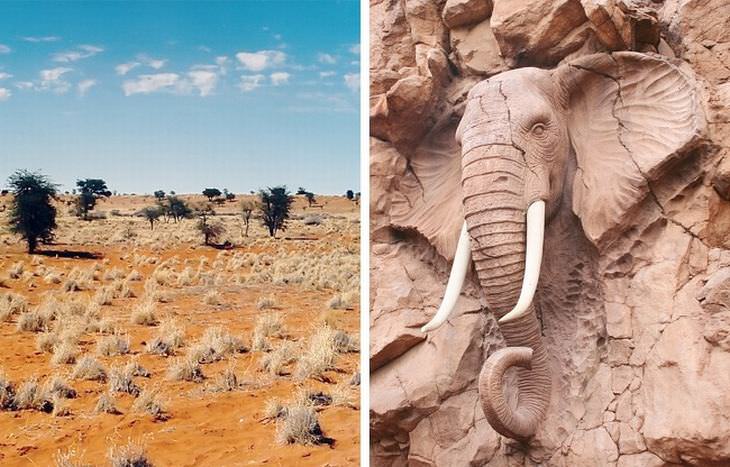
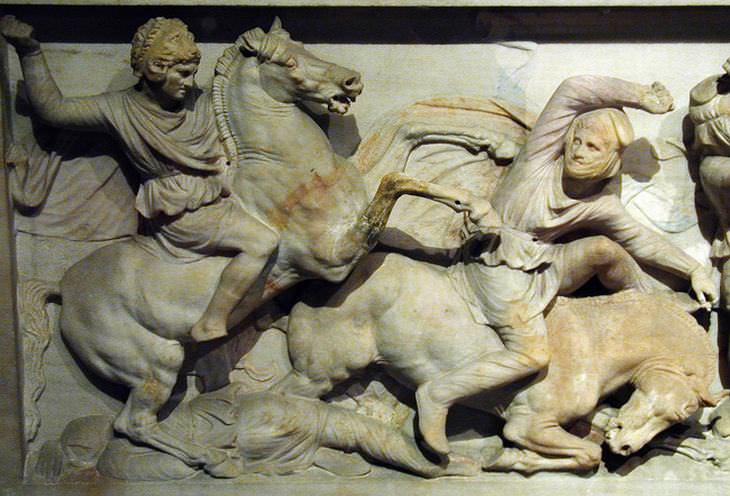
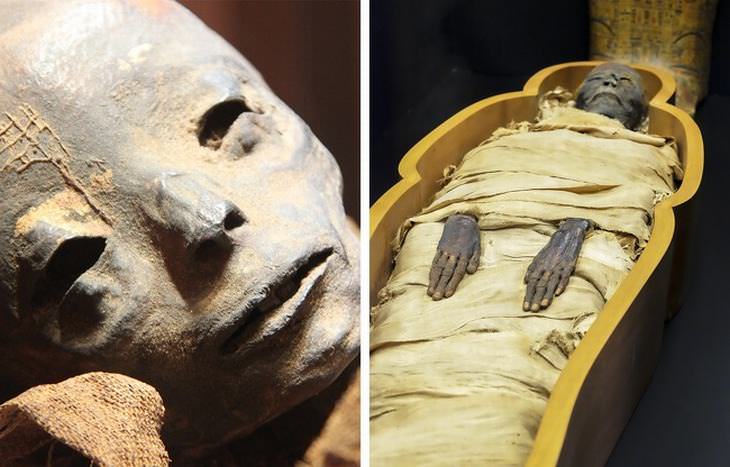

Thrones of Sanitation: Lavatories Throughout History
Today we're taking a deep dive into the past, where we will inspect the toilets that made history.
 12:10
12:10
How Did We Invent the Dollar? Learn Its Meandering History
In this video, we will learn a short history of the U.S. Dollar.
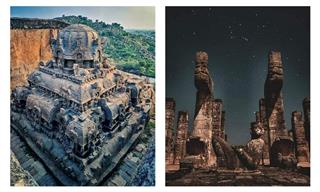
19 Timeless Treasures of Our World You Need to See
Uncover the world's most captivating and awe-inspiring creations through the lens of history, archaeology, art, and architecture.
 15:12
15:12
Nostalgia - '70s Teenagers Recalling the Good Times
These groovy 70's teenagers, now proud parents and grandparents, sit for a chat with their younger relatives to compare adolescence now and then.

15 Facts So Fascinating You’ll Have to Pass Them On!
A few interesting facts make even the most mundane topic fascinating. Check out these 15 facts across many different topics.

Tailing the Cat: A Timeline of Black Cats' Misfortune
In this article, we are tracing the timeline of black cats and luck.

The 4 Stages and Progression of Rheumatoid Arthritis
Rheumatoid arthritis (RA) is a progressive autoimmune condition that can advance through four distinct stages, from early inflammation to severe joint damage.

A 'Brain Fog' Epidemic? Study Shows a Worrying Trend
Analysis of over 4.5 million U.S. survey responses spanning a decade (2013–2023) shows a rise from 5.3% to 7.4% in reported cognitive disability nationwide, with an exceptional surge in the 18–39 age group and a clear influence of income and educatio

15 Quotes by Meryl Streep That Inspire Everyone
Meryl Streep, the queen of acting, has shared many wonderful words on life and success that everyone will find inspiring.

12 Roman Quotes and Proverbs Well-Worth Remembering
Each of these 12 Roman phrase offers a glimpse into the mindset of a civilization that shaped the Western world.
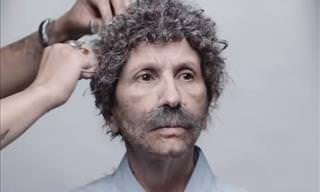 9:25
9:25
According to the CIA, This Is How Disguises REALLY Work
Ever wondered how spies and intelligence agencies manage to make their disguises look so utterly convincing? Find out here.
 17:17
17:17
5 Widespread Legal Myths Dispelled by a Lawyer
Do you have to wait 24 hours to report a missing person? Can you marry your cousin? The answers from this lawyer to both of these questions will surprise you!
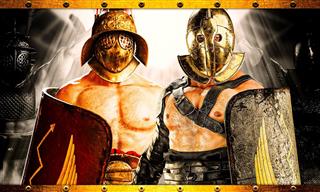 29:45
29:45
Ancient Rome Had Different Kinds of Gladiators...
There’s much we don’t know about these amazing fighters and this documentary sheds some in-depth light on every known type of gladiator from Ancient Rome.

7 Downsides to Being Highly Intelligent
Everyone thinks that being blessed with a very high IQ can only be positive, but there are also downsides. Here are 7 downsides to being highly intelligent.

These Useful Charts Are Handy In Various Life Situations!
With infographics and charts, you can learn and remember new information in such an easy and fun way!

Wow! These People Had Someone Looking Over Them!
These lucky people had some guardian angel looking over them that day!
 10:27
10:27
The Story of the Green Beret Who Went On a Saving Rampage
The unbelievable story of one man who went on a movie-like rampage to save his comrades in arms.
 4:56
4:56
WATCH: These Soldiers Can Sing as Well as They Serve
These soldiers aren't just trained for service—they've mastered harmonies that hit you right in the heart.

Welcome the Summer Season with These Beautiful Quotes
Welcome the balmy summer season with these beautiful warm-weather quotes.

This Man Interviewed 500 Rich People and Got These Tips!
Hill interviewed over 500 self-made millionaires over 20 years and these are his financial tips.
 7:10
7:10
Meet the One-Handed Climbing Champion, Brian Zarzuela
Brian Zarzuela has overcome disability in the most extraordinary ways.

10 Mysteries that have Shocked Human History
10 incredible mysteries we know very little about.

12 Beautiful Plants That Will Transform Your Windows
Brighten your home with these gorgeous window plants.
 12:45
12:45
Kings on Wheels: 15 Incredible Drivers Show Their Stuff!
You will be amazed at the maneuvering skills of these talented drivers.

20 Compliments to Show Your Friends You Appreciate Them
Our friends deserve to be appreciated from time to time. These compliments will surely make them smile.
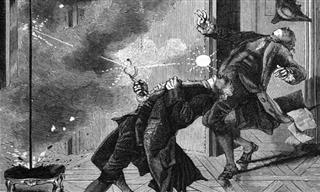
When Inventors Met a Tragic End from Their Own Creations
While many inventors reaped the rewards of their work, a few unfortunate others paid the ultimate price.

10 of the Weirdest Things Discovered at Airport Security
Here is a collection of ten of the weirdest things that airport security officers have found when on the job.

These Greetings Are For Wishing a Fantastic NEW YEAR!
A New Year is the time for resolutions, a fresh start and general optimism. Share these sentiments with a loved one with one of our amazing greetings.

Find Inspiration in These Amazing Japanese Sayings
These beautiful Japanese proverbs offer invaluable lessons on love, life, and wisdom.

17 Terrific Charts to Expand Your General Knowledge
We have a treat for all lifelong learners. It’s a list of 17 charts that will enrich your knowledge in geography, nutrition, linguistics & anything in-between!

It’s a Shame We Stopped Using These 17 Old English Words
These 17 old words are definitely missing in our modern vocabularies and deserve to be brought back into day-to-day speech
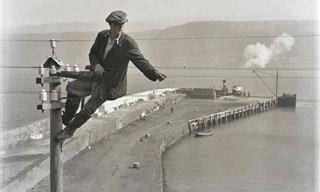
A Nostalgic Trip to the Major Events of the 30's and 40's
Take our hand and lets go on a Quick nostalgic trip to the main events the defined the 30's and the 40's.

10 Amazing Facts You Didn't Know About Christmas
With Christmas just a few days away, get to know these fun and interesting facts about the festival to get into the holiday spirit.
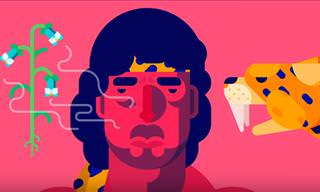 10:06
10:06
This Fascinating Video Explores the Origins of Mankind
This video will explain exactly what our prehistoric ancestors used to get up to. Fascinating!
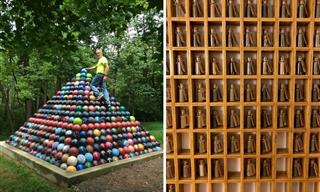
The 20 Most Impressive and Random Collections People Keep
We have all heard of a stamp or comic book collection, but we bet you have never seen collections like these before.
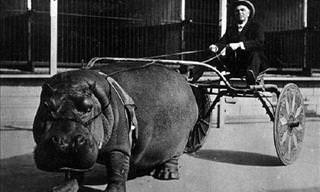
These Vintage Photos are Both Funny & Bizarre!
Check out these 15 weird sights from the past, which you certainly won't see nowadays!

This Will Change Your Perspective On Anger
Anger is an often misunderstood emotion. These facts about anger will change your views on this common emotion.
 10:20
10:20
These Acrobatic Performances Will Make Your Jaw Drop
A breathtaking compilation of the 100 best female acrobatic performances by Cirque du Soleil

5 Classic Suspense Books That Will Mess with Your Mind
These classic suspense thrillers should be a must on every book lover's shelf.
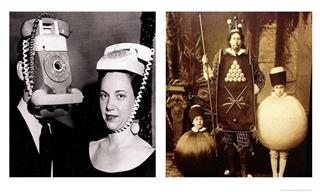
14 Interesting Exhibits from the "Museum of Curiosities"
The "Museum of Curiosities" is an online platform that has some startling and fascinating treasures.

What Toll Does a Bad Economy Take on Our Psyche?
This article examines how a bad economy affects our mental health, including common psychological responses like anxiety, depression, sleep disturbances, and heightened financial stress.
 53:21
53:21
The Wars of the Roses: England's Bloody Civil War
This epic civil war is one of the main influences for Game of Thrones and other epic stories. Learn all about it now.
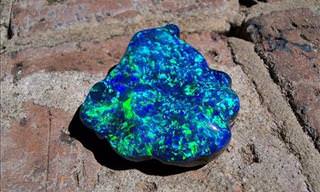
7 Accidental Finds That Made People Extremely Rich
The luck that you need in life can be waiting for you anywhere - these seven people prove that!

10 Incredible Autobiographies We Should All Be Reading...
These autobiographies are absolute must-reads for you to enjoy. They are written by some of the world' most famous people, so you should definitely have a read.

Collection: The Most Influential People In History
The collection before you is one that celebrates the most incredible people in history that inspire, motivate, amaze us and show us the way.
 14:14
14:14
History Lesson: The Armored War Elephants of Ancient India
Elephants in ancient Indian history played a crucial part in warfare. Find out more about their fascinating history...

The 10 Greatest British Monarchs in History
Do you know about the greatest monarchs in British history? Don't fret if you don't, because you're about to learn all about them right now.

12 Unique and Beautiful Words That Charm and Delight
Take a look at this list of some weird and wonderful words that you are unlikely to have read in your language course in school.
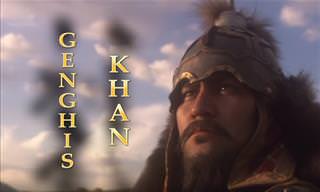 58:01
58:01
Full Documentary: Genghis Khan's Legendary Mongol Empire
Learn all about his incredible conquests of the legendary Genghis Khan this cinematic full-length documentary.
To enable your Ad-Free Subscription, please fill the fields below
Your subscription was successful, now you can enjoy an ad-free experience!! Note: To make sure you get no ads, please make sure to log in to your account. If you are logged in already, then refresh the page. The subscription can be cancelled at any time.


